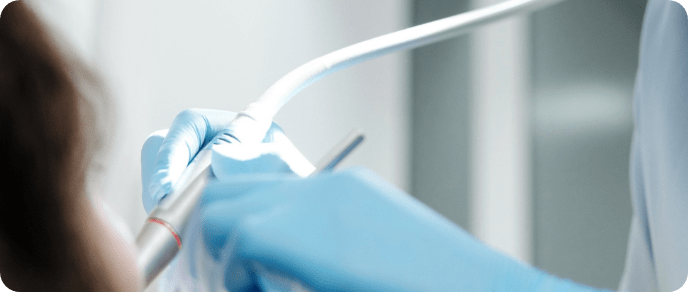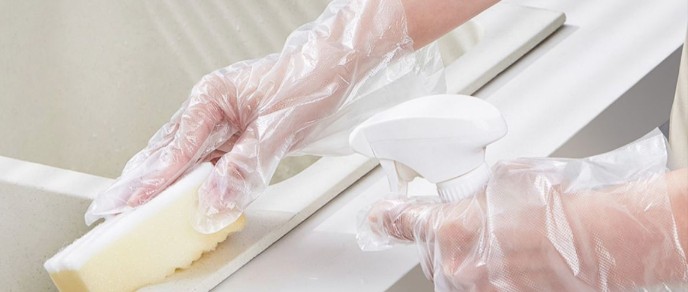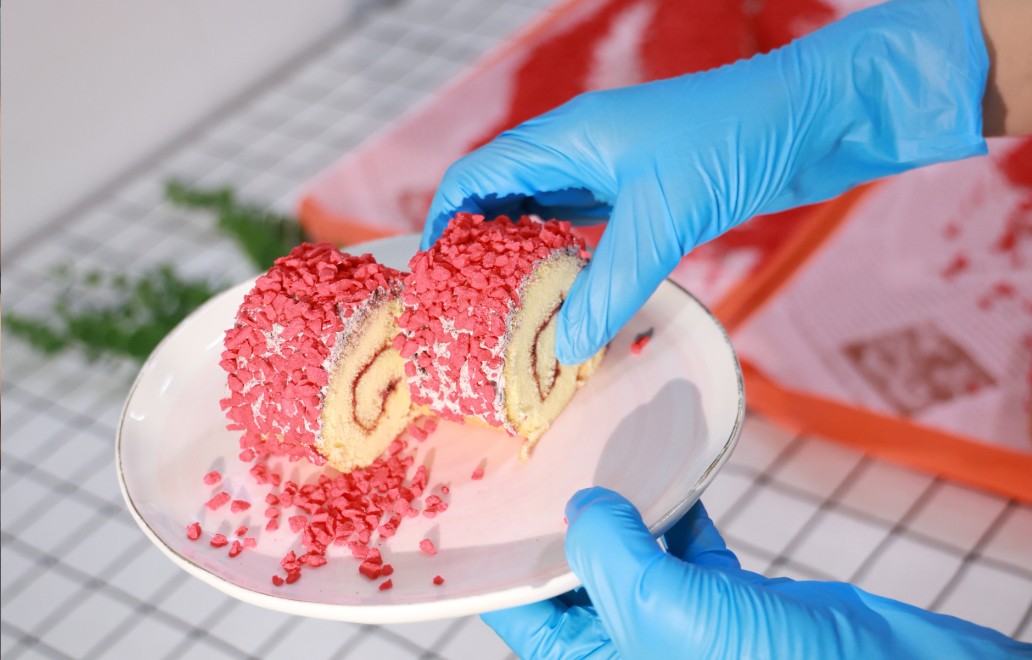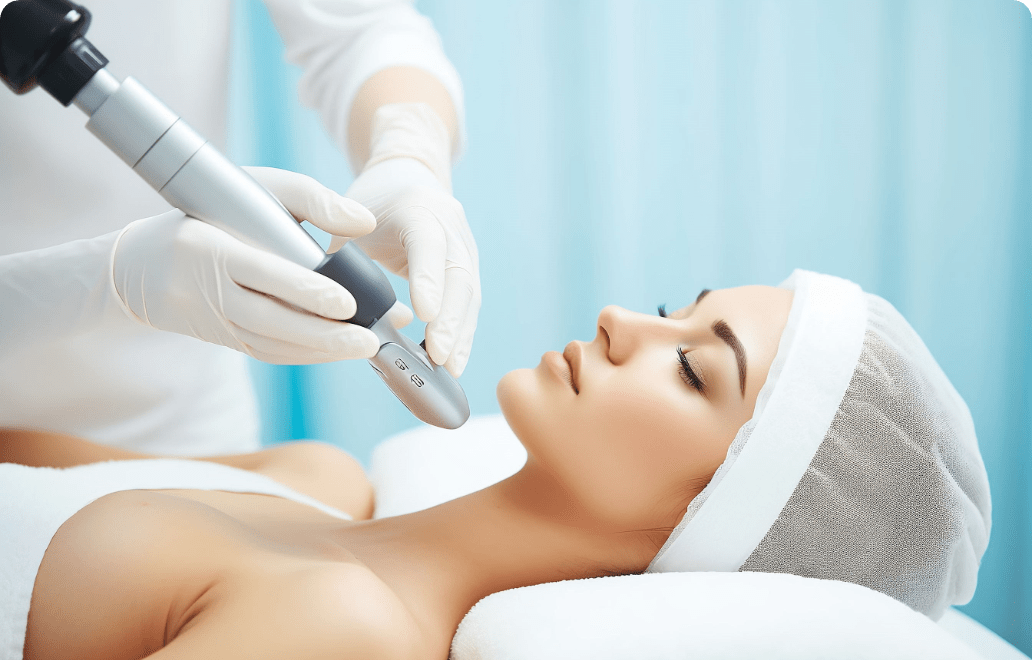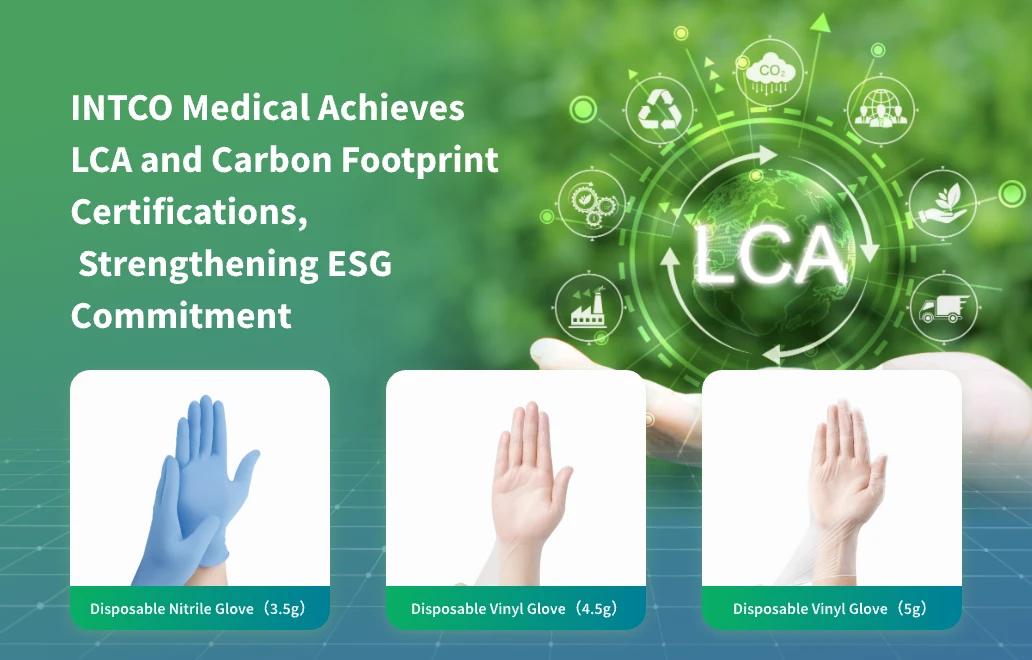Your Guide to FDA-Compliant Non-Latex Disposable Gloves for Safety
In industries where hygiene and safety are non-negotiable, from bustling restaurant kitchens to sterile healthcare environments, the choice of protective equipment is a decision of paramount importance. Among the most critical of these are disposable gloves. However, navigating the complex landscape of regulations and material choices can be daunting. This guide provides a comprehensive overview of the world of Non-Latex Disposable Gloves, covering FDA compliance, the importance of material science, and how to ensure the gloves you choose offer uncompromising protection for both your employees and customers. Understanding these requirements is the first step toward creating a safer environment and ensuring your operations align with the highest standards of quality, a commitment central to world-class suppliers of superior disposable gloves.
Decoding FDA Requirements for Food-Contact Gloves
When a disposable glove is used in food handling, it is classified by the U.S. Food and Drug Administration (FDA) as a “food contact substance.” This means it must adhere to specific regulations to prevent the transfer of harmful materials to the food. The primary regulation governing these items is Title 21 of the Code of Federal Regulations (CFR) Part 177.2600, which outlines the approved materials—elastomers, accelerants, and other additives—that can be used in “rubber articles intended for repeated use.”
However, a crucial distinction exists: “FDA compliant” does not automatically mean a glove is free from defects or contamination. The FDA’s guidelines, including Current Good Manufacturing Practices (GMP), state that gloves must be of an impermeable material and maintained in an intact, clean, and sanitary condition. Unfortunately, the regulations do not mandate a specific microbial or cleanliness test for a glove to be deemed “food grade.” This creates a potential safety gap. A glove can be technically compliant in its material composition yet harbour pathogens from unsanitary factory conditions or have microscopic pinholes that compromise its barrier integrity. This is why sourcing from a manufacturer with transparent and rigorous quality control points throughout the production process is essential for true food safety. Using non-latex disposable gloves and meeting high internal quality standards provides a dual layer of protection.
Why the Industry is Shifting: Nitrile vs Latex
For decades, latex was the default material for disposable gloves. However, the rise of latex allergies—Type I hypersensitivity reactions that can be severe—has driven a significant market shift. Today, non-latex gloves are the preferred choice across medical, food service, and industrial sectors to protect both the wearer and the end-user or patient. This has brought nitrile gloves to the forefront of the industry.
The Advantages of Nitrile
The debate of nitrile vs latex is largely settled in favour of nitrile for most applications due to its superior characteristics. Nitrile is a synthetic rubber compound that offers a multitude of benefits:
• Allergen-Free: It eliminates the risk of latex-related allergic reactions, making it a safer choice for a wider population.
• Higher Puncture Resistance: Nitrile is significantly more durable and resistant to punctures and tears than latex, a critical feature when handling sharp objects or equipment.
• Superior Chemical Resistance: It provides a more robust barrier against a wide range of chemicals, oils, and solvents.
• Tactile Sensitivity: Modern manufacturing advancements have allowed for the production of thin, highly elastic nitrile gloves that offer excellent tactile sensitivity, rivalling that of latex.
These properties make latex-free gloves the standard in demanding environments like the food processing industry, where both dexterity and durability are required. Furthermore, leading health organisations like the Centres for Disease Control and Prevention (CDC) recommend appropriate glove use as a core component of infection control, further solidifying the need for reliable, high-quality barrier protection.
Beyond Compliance: Critical Standards for Glove Quality
True glove safety extends beyond basic FDA compliance. For discerning buyers, understanding key quality and performance metrics is vital to ensuring the gloves they procure will perform as expected. Sourcing from a reputable and transparent company that adheres to these international standards is the best way to mitigate risk.
AQL (Acceptable Quality Level)
AQL is a statistical sampling method used to determine the quality of a batch of gloves by testing for pinhole defects. The lower the AQL number, the lower the percentage of defective gloves in the batch. For medical examination gloves, the FDA requires an AQL of 2.5 or lower. However, a more stringent AQL of 1.5 is often sought for higher-risk applications, as it indicates a superior level of barrier integrity. Defective disposable gloves, latex-free free are not just a quality issue; they are a safety failure.
ASTM Standards for Performance
The American Society for Testing and Materials (ASTM) sets technical standards for a wide range of products, including disposable gloves. Two key standards are:
• ASTM D6319: This standard specification covers nitrile examination gloves for medical applications. It tests for physical requirements like tensile strength and elongation, as well as freedom from holes, ensuring the gloves are fit for clinical use.
• ASTM D6978-05: This is a critical standard for gloves used in handling chemotherapy drugs. It measures the permeation resistance against specific hazardous drugs, providing a much higher level of assurance for healthcare workers in oncology and other specialised fields.
Furthermore, a holistic view of safety incorporates modern frameworks like the Food Safety Modernisation Act (FSMA), which shifts the focus of food safety from responding to contamination to preventing it. High-quality, defect-free gloves are a fundamental tool in any effective FSMA-compliant food safety plan.
INTCO Medical: Your Partner for Uncompromising Safety
Navigating these regulations and standards underscores the importance of partnering with a manufacturer that prioritises quality, safety, and transparency. It requires a supplier that not only meets but exceeds global standards, providing a product you can trust without question. This is where INTCO Medical distinguishes itself. As the largest latex-free disposable gloves manufacturer, INTCO Medical has built its reputation on a foundation of excellence, leveraging state-of-the-art technology and rigorous quality control to produce superior barrier protection solutions.
The commitment of INTCO Medical extends beyond gloves. As a high-tech manufacturer of medical devices and supplies, its product portfolio spans a wide range of medical consumables, rehabilitation equipment, and physical therapy solutions. This broad expertise in the medical field informs the uncompromising quality of every glove they produce. By choosing INTCO, you are not just buying a product; you are investing in a promise of safety and reliability, backed by a global leader in the industry. To learn more about how our products can elevate your safety standards, please contact us today.




